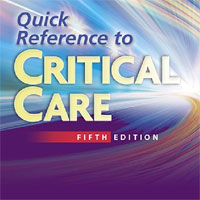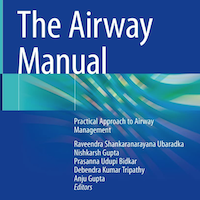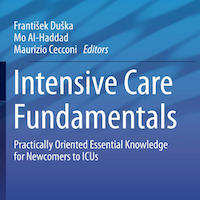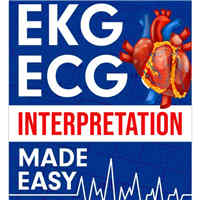
Practice Change From Intermittent Medication Boluses to Bolusing From a Continuous Infusion in Pediatric Critical Care
Implementation of bolus medications from continuous infusion in PICUs significantly decreased time to begin a bolus dose and increased nursing satisfaction. The practice change also improved medication utilization without... read more

Utility of Adjunct Antibiotics After I+D – Systematic Review + Meta-Analysis
Skin and soft tissue abscesses are a common emergency department (ED) presentation. The approach to management has changed little in recent decades: incision and drainage (I+D) and then discharge home with follow up. However,... read more

What’s New in Severe Pulmonary Embolism?
Severe pulmonary embolism (PE) remains a major cause of mortality. For intensivists managing the most "severe" forms of PE, we highlight the main recent advances in the care of such patients including risk stratification,... read more

Handbook of ICU EEG Monitoring
Continuous EEG monitoring is an important tool for assessing brain function and allows clinicians to identify malignant EEG patterns quickly and provide more effective care. The revised and updated second edition of Handbook... read more
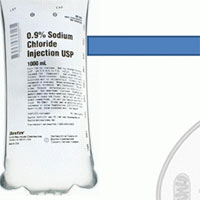
Nine Reasons to Quit Using Normal Saline for Resuscitation
Saline vs. balanced solutions has been a topic of ongoing debate. Two fresh studies will illuminate this: the SMART and SALT-ED trials. This post summarizes current knowledge, beginning with physiology and working our way... read more

Sevoflurane for the treatment of refractory status epilepticus in the critical care unit
A 50-year-old woman with liver failure was admitted to critical care for refractory status epilepticus (RSE). Following tracheal intubation, sevoflurane was administered via the MIRUS system (Pall Medical, Dreieich, Germany).... read more
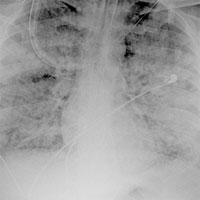
The Efficacy of ECMO for Severe ARDS
The H1N1 epidemic demonstrated that extracorporeal membrane oxygenation (ECMO) use in the most critically ill patients with acute respiratory distress syndrome (ARDS) resulted in a substantial decrease in mortality. The CESAR... read more

Predictors of In-Hospital Mortality After RRT Calls
Despite wide adoption of rapid response teams across the United States, predictors of in-hospital mortality for patients receiving rapid response team calls are poorly characterized. Identification of patients at high risk... read more

At the Root: Defining and Halting Progression of Early COPD
Chronic obstructive pulmonary disease (COPD) is a heterogeneous disorder with varying presentations and progression, but limited disease-modifying therapies. Trajectories of lung function decline in COPD differ significantly... read more

The Practice of Respect in the ICU
Although "respect" and "dignity" are intuitive concepts, little formal work has addressed their systematic application in the ICU setting. After convening a multidisciplinary group of relevant experts, we undertook a review... read more
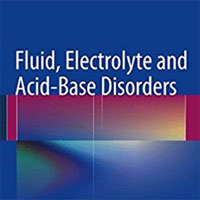
Fluid, Electrolyte and Acid-Base Disorders
This is a meaningful and concise review of common fluid, electrolyte, and acid-base disorders faced by clinicians in daily practice. Each chapter begins with pertinent basic physiology followed by its clinical disorder. Includes... read more

Intravenous Iron, Not Oral, Improves Functional Capacity in HF Patients
The oral iron supplement failed to be absorbed, while the successful IV formulation is not without significant logistical and cost issues. In one study testing a convenient and easy-to-use oral iron supplement, investigators... read more

When the Air Hits Your Brain: Tales from Neurosurgery
With poignant insight and humor, Frank Vertosick Jr., MD, describes some of the greatest challenges of his career, including a six-week-old infant with a tumor in her brain, a young man struck down in his prime by paraplegia,... read more
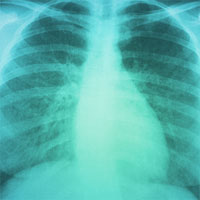
Distinguishing Pneumonia From Pneumonitis to Safely Discontinue Antibiotics
Consequences of pulmonary aspiration can be biphasic with dissimilar sequelae. An early phase, coined pneumonitis, involves an inflammatory reaction to gastrointestinal contents with a pH typically less than 2.4 resulting... read more
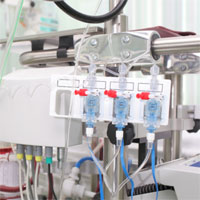
Start a Neonatal ECMO Program: A Multistep Team Training
The multistep extracorporeal membrane oxygenation (ECMO) team training increased staff' knowledge, technical skills, teamwork, and self-confidence, allowing the successful development of a neonatal respiratory ECMO program.... read more
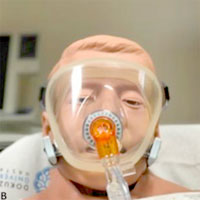
Non-invasive Ventilation in the ED: Whom, When, How?
Timely use of NIV in the ED may decrease the need for invasive ventilation and its associated complications. The appropriate device, interface and patient selection are, therefore, key components of NIV success. Once the... read more
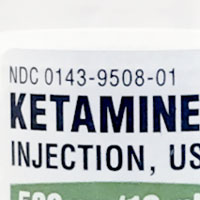
Intubation in Special Patient Populations: Intracranial Hemorrhage
Lidocaine has weak evidence to support its ICP blunting effects. Fentanyl may be a better choice. Ketamine is a reasonable alternative to etomidate during induction. No differnce in mortality exists between usage of succinylcholine... read more



